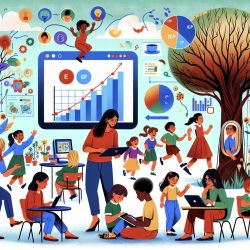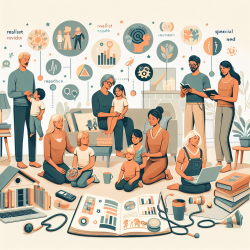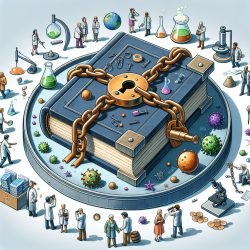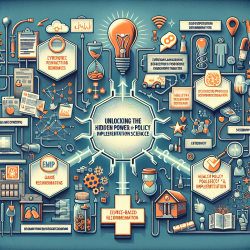Empower Every Child: Transform IEP Meetings with Data-Driven Insights
As a Speech Language Pathologist (SLP) working in schools, the constant cycle of IEP planning and meetings can often lead to burnout. The pressure to meet the diverse needs of each child, while balancing administrative tasks, can feel overwhelming. However, there is a powerful tool at your disposal that can help transform these meetings from daunting to dynamic: data-driven decision-making.
Why Data Matters
Data is more than just numbers on a page. It tells a story—a story of a child's progress, challenges, and potential. By leveraging data effectively, SLPs can make informed decisions that not only streamline the IEP process but also enhance the therapy outcomes for children.
Here are some compelling reasons why data should be at the heart of your IEP planning:
- Objective Insights: Data provides an objective lens through which to view a child's progress. It helps eliminate biases and focuses on factual evidence.
- Individualized Plans: Every child is unique. Data allows you to tailor IEPs to the specific needs of each child, ensuring that therapy is both effective and efficient.
- Progress Monitoring: Regular data collection and analysis enable SLPs to track progress over time, making it easier to adjust therapy plans as needed.
Transforming IEP Meetings
With data in hand, IEP meetings can become a platform for collaboration and innovation rather than a source of stress. Here’s how you can use data to enhance these meetings:
1. Preparation is Key
Before the meeting, gather and analyze all relevant data. Look for patterns and trends that can inform your recommendations. This preparation will allow you to present a clear, evidence-based case for your proposed interventions.
2. Communicate Clearly
During the meeting, use data to communicate clearly with parents and educators. Visual aids such as graphs and charts can make complex information more accessible and understandable. This clarity helps build trust and fosters a collaborative environment.
3. Set Measurable Goals
Use data to set specific, measurable goals for each child. Clearly defined goals make it easier to track progress and adjust plans as needed, ensuring that each child continues to make strides in their development.
Online Therapy: A Data-Driven Solution
Incorporating online therapy services, like those offered by TinyEYE, can further enhance the data-driven approach to IEP planning. Online platforms often come equipped with tools for data collection and analysis, making it easier for SLPs to track progress and make informed decisions.
Moreover, online therapy provides flexibility and accessibility, allowing for consistent therapy sessions that are crucial for maintaining progress. This consistency is especially beneficial for children, as it helps create a stable and supportive learning environment.
Conclusion
By embracing data-driven decision-making, SLPs can transform the IEP planning process, creating more effective and individualized therapy plans for children. This approach not only alleviates the burden of burnout but also empowers you to make a meaningful impact in the lives of the children you serve.
Remember, every piece of data is a step towards empowering a child. Let's use it wisely to create brighter futures.










